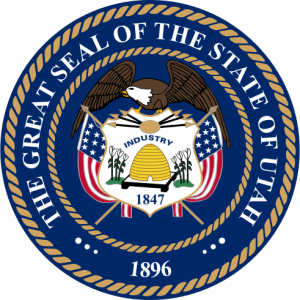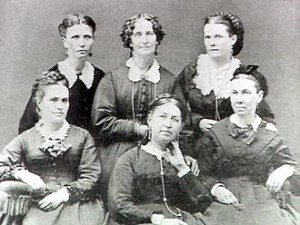 Utah Population 2013
Utah Population 2013
The United States Census Bureau estimates that the population of Utah in 2013 was 2,855,287, which is ranked the 34th largest population in the United States. This estimate shows a 3.3% increase since the last census in 2010, also conducted by the United States Census Bureau. The population density of the state is 34.3 people per square mile, ranked 41st largest density in the United States. The state of Utah has the highest total birth rate and it also has the youngest population of any other state in the country. Along with these rates, it also ranks 47th in teenage pregnancy, the lowest in percentage of births outside of marriage, lowest number of abortions per capita, and the lowest percentage of teen pregnancies ending in abortion.
Utah Population Expectancy
Over the past decade, Utah has had the third-fastest annual population growth rate in the United States, next to Nevada and Arizona. Because of such a fast and high population growth rate, the projection for the year 2060 is expected to be about an approximate 146% over the next 50 years to about 6.8 million people. The state of Utah grows so rapidly due to the high quality of life in the state and the shape of the economy.
Utah Land Mass
The state of Utah is approximately 350 miles long and 270 miles wide with a square area of 84,904 square miles, making it the 13th largest state in the Untied States. Of the 84,904 square miles, 2,736 square miles are covered by water. The highest point in the state of Utah is King’s Peak, which reaches 13,528 feet above sea level. The lowest point in the state is Beaver Dam Wash at the border of Utah and Arizona, which reaches 2,000 feet above sea level. The geographic center of Utah is in Sanpete County, 3 miles north of Manti. Utah is bordered by five states in total: Idaho, Wyoming, Arizona, Colorado, and Nevada.
Utah Demographics
Of the approximate 2.86 million people in the state of Utah, about 50.3% of the population is male, while 49.7% is female. Also, approximately 92% of the population identifies as white (including Hispanic or Latino). But, out of that 92%, about 13% do identify as Hispanic or Latino and the other 79% as Caucasian. Those that identify as Black or African American make up only 1% of the entire population of the state of Utah. The rest of the population is made up of those that identify as Asian, American Indian, Alaskan Native, Native Hawaiian, other Pacific Islanders, or those that identify as two or more races. These other races only account for approximately 7% of the entire population of the state of Utah.
Utah Religion
The population of Utah identifies as religious well above the national average. About 79% of the state population identifies as religious, compared to the national average of 49%. Out of the 79%, about 69% identify as members of the Church of Latter Day Saints, otherwise known as the Mormon religion, making it the largest denomination in the state of Utah. In fact, the world headquarters for the religion is in Salt Lake City, Utah. The Mormon religion also makes Utah the most religiously homogeneous state in the entire United States. The only other religion in the state of Utah that makes up more than 1% out of the entire religious population is the Catholic denomination. Approximately 6% out of the 79% identify as Catholic in the state of Utah. All other Christian denominations, Judaism, Islam, and other Eastern religions collectively make up 4% out of the total 79%.
Utah National Parks

Women’s Suffrage in Utah
Utah granted women the right to vote in 1870, which is years before it even became a state. The only other state to grant women suffrage earlier than Utah was the state of Wyoming. In 1887, the United States Congress passed the Edmunds-Tucker Act, which was enacted in order to suppress Mormonism by the United States. Some parts of this act included an anti-polygamy oath by anyone who wanted to vote or perform any sort of political position and stripping away the right of women to vote. Full suffrage was granted to the citizens of Utah when they it joined the Union in 1896. However, in 1978, the United States government repealed the Edmunds-Tucker Act. Also, out of the 50 states, 15 states did not ratify the U.S. Equal Rights Amendment, which granted women the right to vote.
Other Utah Population 2013 Resources
Learn more about utah population 2013 here.


